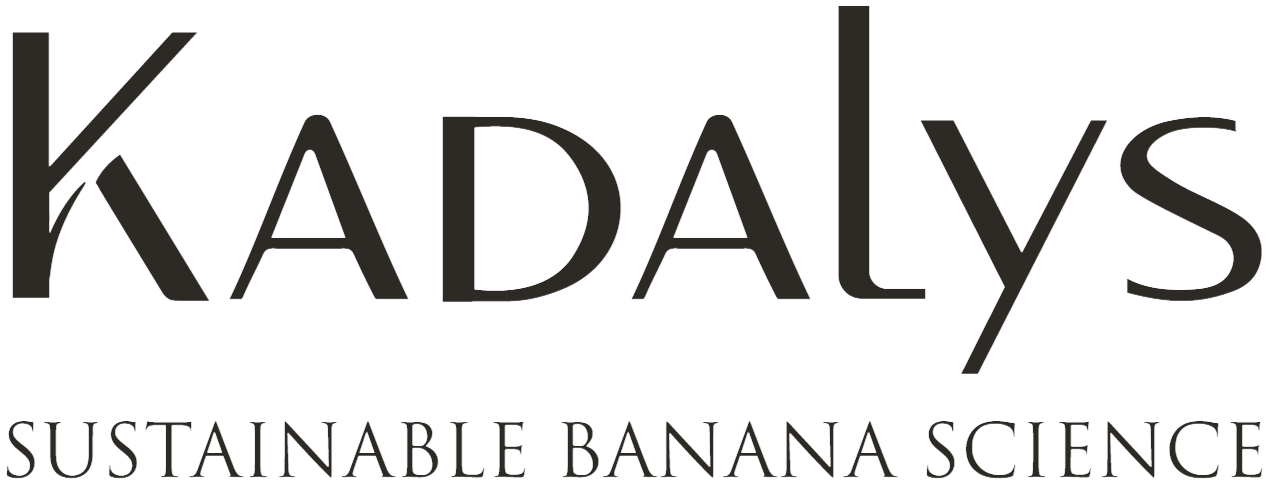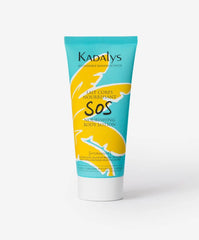
Understand everything about UVA and UVB
In the field of natural cosmetics, an in-depth knowledge of ultraviolet (UV) rays is essential to better understand their impact on our skin and how to protect them effectively. In this article, we'll dive deep into the science to explore the differences between UVA and UVB rays and understand how sunscreens work to counteract their damaging effects.
SUMMARY
- Everything you need to know about UVA
- Everything you need to know about UVB
- Understand how sunscreen works against these harmful rays
Everything you need to know about UVA
Let's start with UVA, these ultraviolet rays which have the particularity of penetrating deep into our skin, thus reaching the dermis, even through clouds and windows. You will have understood, they constantly expose our skin and never let us go, summer and winter! Unlike UVB, their intensity remains constant throughout the year. Their wavelength, between 320 and 400 nanometers, makes them capable of passing through the surface layers of the epidermis without being stopped, which means that they are constantly active, regardless of the season or the presence of clouds. This deep penetration of UVA may seem worrying, and for good reason! UVA rays are the primary cause of premature skin aging . By inducing the formation of free radicals, they cause oxidative damage within skin cells. This damage degrades collagen and elastin , the proteins responsible for skin elasticity and firmness. Therefore, prolonged UVA exposure is directly associated with the early appearance of fine lines , wrinkles, and age spots .
Don't panic, we have the best ally to counter these harmful effects: photoprotection ! This term encompasses various preventive measures (sun cream, hats, protective clothing, etc.) aimed at limiting the harmful effects of ultraviolet rays on our skin. Sunscreens are at the heart of photoprotection and constitute an effective defense against UVA.
Everything you need to know about UVB
UVB rays, on the other hand, have a shorter wavelength, varying from 280 to 320 nanometers. They tend to be most active during the summer months and at peak sunlight times. UVB does not penetrate as deeply into the skin as UVA, concentrating primarily in the epidermis , but it is much more energetic .
When the sun's UVB rays hit our skin, they cause small problems within our cells . They are like little “firecrackers” that cling to our DNA , the part of our cells which contains important information for their proper functioning. These “firecrackers” cause damage to the structure of DNA, creating abnormal bonds between certain parts. They're called " pyrimidine dimers ," a somewhat complicated name for when DNA bases bind incorrectly. Because of this damage, our cells have a harder time reproducing properly and doing their usual job efficiently. This can cause problems for our skin and our health. These concerns can trigger defense mechanisms in our cells, but sometimes they can also lead to permanent changes in our genetic code , called mutations. If these mutations affect genes that regulate cell growth, this has the potential to cause cells to proliferate out of control, thereby forming tumors. Melanocytes , responsible for the coloring of our skin through the production of melanin , are particularly sensitive to mutations caused by UVB. These genetic changes have the power to transform melanocytes into cancer cells , giving rise to melanomas, an aggressive type of skin cancer.
In addition to genetic damage, UVB induces an inflammatory response in the skin, which results in sunburn. Inflammation is the immune system's response to combat UVB damage. This reaction can lead to redness , swelling, and pain, making up the reaction we recognize as sunburn .
Understand how sunscreen works against these harmful rays
You are probably wondering how a simple sunscreen can protect us against UVA and UVB rays. Well, that’s where sunscreens come in! Indeed, sunscreen contains sun filters, such as mineral screens and chemical screens, which act synergistically to protect the skin from the harmful effects of UVA and UVB. Let’s explore these screens in more detail:
- Mineral shields: Titanium dioxide and zinc oxide are mineral particles that work by reflecting and dispersing UV rays, acting as a protective shield on the skin's surface. Their nanometric size allows better dispersion, avoiding the white appearance on the skin while preserving their effectiveness.
- Chemical screens: On the other hand, we have chemical screens, such as avobenzone and octocrylene . The latter had also been re-evaluated by a committee of experts in January 2021 and was recently confirmed as being safe at authorized doses, so it is not dangerous for health. These sun filters work differently by absorbing UV rays, both UVA and UVB. They act like sponges, capturing energy from the rays and transforming it into heat that is harmless to the skin. Chemical screens penetrate the epidermis to accomplish their protective mission.
In a sunscreen, these two types of screens can be combined to provide broad-spectrum UVA and UVB protection. This way, you can ensure complete defense against the sun 's rays.
For optimal protection, it is important to choose a sunscreen with a sun protection factor (SPF) adapted to your skin type and the intensity of the sun. SPF indicates the degree of UVB protection , while mineral and chemical screens also provide UVA protection. It is good to know that in Europe, sun creams contain protection against UVB and also protection against UVA equal to at least ⅓ of the anti UVB protection. Remember to reapply every two hours, especially after swimming, as even the best sunscreens need a little help fighting oxidative damage caused by UV rays.
By understanding the differences between UVA and UVB and their impact on the skin, we are better equipped to protect ourselves from the sun in an informed manner. Photoprotection, through the use of broad-spectrum sunscreens containing mineral and chemical screens, plays a vital role in preventing skin damage, premature aging and the risk of skin cancer. So, before exposing yourself to the sun, don't forget your sunscreen and protect yourself for luminous and healthy skin!













